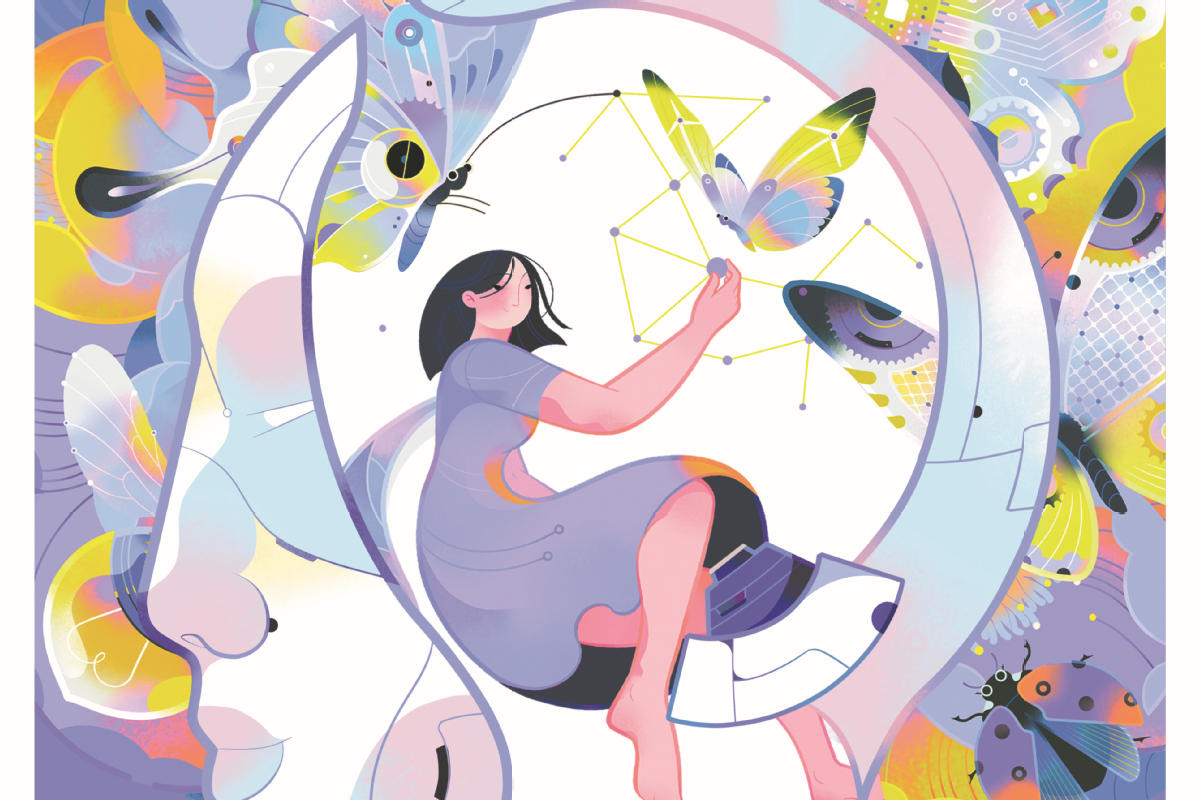A PATTERN OF DEDICATION

Decorated with cobalt blue pigment on a white ceramic body, qinghuaci ware is one of the most well-known cultural products in China, with items made in Jingdezhen, Jiangxi province, considered the best in quality.
With a tradition of making ceramics dating back more than 2,000 years, Jingdezhen is known as the country's "porcelain capital", attracting artists from home and abroad to revive and reinterpret the traditional craft with a contemporary twist.
"Ceramics embrace change. I'm here to inherit the tradition in an innovative way and create my own works," Cai Wenjuan, a 36-year-old craftswoman, says.
According to experts, there are "72 processes" in traditional porcelain-making and only a master can handle the intricate work. For example, it usually takes a week to engrave a vase.
Her parents and grandparents made qinghuaci, or blue-and-white porcelain ware, in Jingdezhen. Cai's childhood memories are connected to ceramics, which led her to find her passion in painting as a girl.
Even after graduating from Jingdezhen Ceramic University in 2006, she didn't think about inheriting the family craft and became a saleswoman at a ceramic studio in Beijing back then.
After two years of selling ceramics, Cai was fascinated by the blue-and-white ware.
She quit her job and returned to her hometown in late 2008, starting a two-year learning experience of painting blue-and-white porcelain items.
In 2012, Cai established her own ceramics-making company and two years later, she built the ceramics-themed brand China Story.
Pushing the boundaries of the age-old practice, Cai puts blue-and-white patterns, inspired by Yuan Dynasty (1271-1368) porcelain, on daily objects such as phone cases, umbrellas, curtains, pillows and accessories.
So far, more than 1,000 kinds of cultural products have been sold by her company.
"The charm and story behind the blue-and-white porcelain can be told through the way the young generation feels connected," Cai says, adding that porcelain can be stylish.
As a provincial-level inheritor of the blue-and-white porcelain-painting, she endeavors to pass on the craft by integrating the ancient charm of the wares with modern aesthetics. On video-sharing platform Douyin, Cai has posted more than 60 clips to popularize the craft and the culture behind it.
"One day, I hope there are traditional Chinese elements such as blue-and-white porcelain patterns everywhere in daily life," Cai says.
Like Cai, more entrepreneurs and young artists are considering a career in porcelain-related businesses in Jingdezhen, with the local government rolling out supportive measures for a variety of startups in the field.
In 2014, an exhibition area of ancient kiln and folk cultures in Jingdezhen, which covers a total space of 83 hectares, was designated a top-grade scenic spot.
Today, antique porcelain ware from Jingdezhen is still highly valued by collectors all around the world.
Last year, the output value of the ceramics industry in Jingdezhen reached 66.5 billion yuan ($9.6 billion), with a year-on-year increase of 28.8 percent, according to official figures.
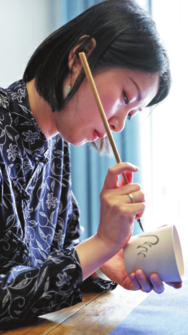
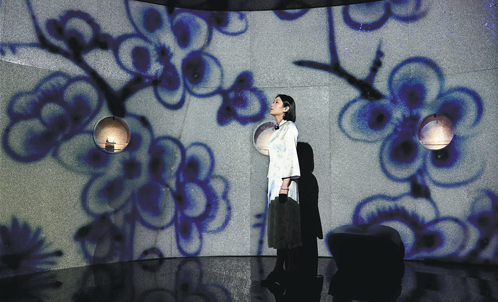
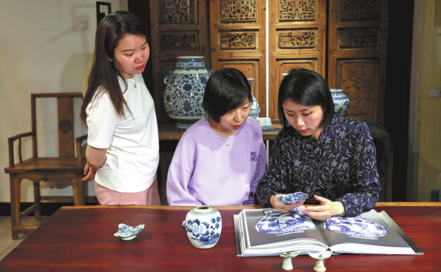
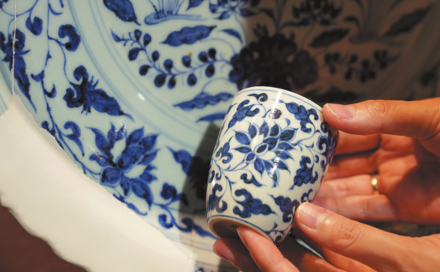
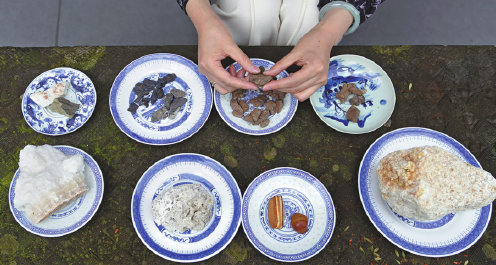
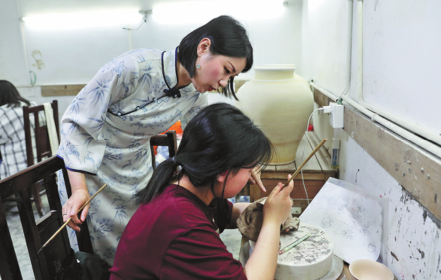
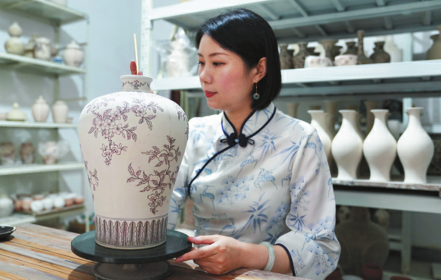
Today's Top News
- Xi presents orders to promote two military officers to rank of general
- Xi congratulates Jose Antonio Kast on election as Chilean president
- China urges opposition to Japanese official's nuclear possession remarks
- Ukraine says latest peace talks with US, Europe 'productive'
- Asia's rise and Europe's structural decline
- Economic stability a pillar of China's national security



















